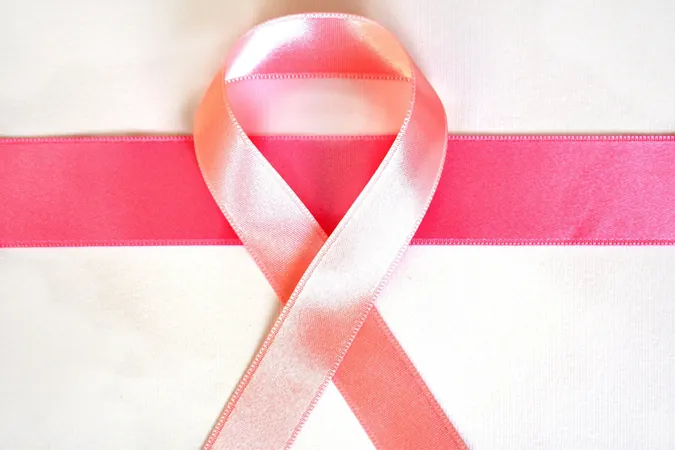
Surge in Breast Cancer Cases: Death Rates Plummet 44% Since 1989 - What You Need to Know!
2024-10-06
Surge in Breast Cancer Cases
In a groundbreaking study released this Tuesday by the American Cancer Society, new data reveals that while breast cancer rates in the United States are on the rise—especially among younger women and Asian Americans—the overall death rate from the disease has seen a staggering decline of 44% from 1989 to 2022.
Rising Incidence Rates
The report highlights that from 2012 to 2021, breast cancer cases have increased by approximately one percent each year. Alarmingly, women under 50 are experiencing a faster rate of this increase compared to their older counterparts, raising questions about the underlying causes. Among the demographic groups, Asian American women showed the most rapid rise in incidence, a trend that might be linked to the influx of new immigrants, who carry an elevated risk for breast cancer.
Statistics on Breast Cancer
Despite the rising incidence rates, breast cancer remains a crucial health issue, being the second most common cancer diagnosed among women in the U.S. and also the second leading cause of cancer-related deaths, only surpassed by lung cancer. The statistics are sobering: about one in eight women will be diagnosed with invasive breast cancer in their lifetime, and around two percent, or one in 43, will succumb to the disease.
Decline in Mortality Rates
Overall, the mortality rates paint a different picture. The decline in breast cancer deaths is significant, dropping from 33 deaths per 100,000 women in 1989 to just 19 per 100,000 in 2022. This translates to nearly 517,900 deaths averted thanks to advancements in medical treatment and early detection strategies.
Disparities in Care
Nevertheless, the report sheds light on persistent disparities in outcomes based on racial and socioeconomic factors. For instance, despite the overall decrease in breast cancer mortality, Native American women have not seen any improvement since 1990, and Black women face a mortality rate 38% higher than that of white women—even though they have 5% fewer cases reported. These discrepancies emphasize the impact of social determinants of health and systemic racism, pointing to a need for equitable access to quality healthcare.
Screening Access Challenges
Moreover, while Black women tend to get screened via mammograms more frequently than their white counterparts, they often receive these services at under-resourced or unaccredited facilities. The findings underline an urgent need for increasing the racial diversity of clinical trials and fostering community partnerships to improve screening access for underserved populations.
Updated Screening Recommendations
In a related move, the U.S. Preventive Services Task Force made headlines in April with a revised recommendation urging women to start breast cancer screenings every two years starting at age 40, a shift from their previous guidelines that left the decision to begin mammograms in their 40s up to individual health assessments.
Call to Action
As the fight against breast cancer continues, these findings call for renewed efforts to address the significant disparities in care and advocate for policies that ensure all women have access to the screening and treatment they need. The battle against this disease is far from over, but with awareness and action, more lives can be saved.




 Brasil (PT)
Brasil (PT)
 Canada (EN)
Canada (EN)
 Chile (ES)
Chile (ES)
 España (ES)
España (ES)
 France (FR)
France (FR)
 Hong Kong (EN)
Hong Kong (EN)
 Italia (IT)
Italia (IT)
 日本 (JA)
日本 (JA)
 Magyarország (HU)
Magyarország (HU)
 Norge (NO)
Norge (NO)
 Polska (PL)
Polska (PL)
 Schweiz (DE)
Schweiz (DE)
 Singapore (EN)
Singapore (EN)
 Sverige (SV)
Sverige (SV)
 Suomi (FI)
Suomi (FI)
 Türkiye (TR)
Türkiye (TR)